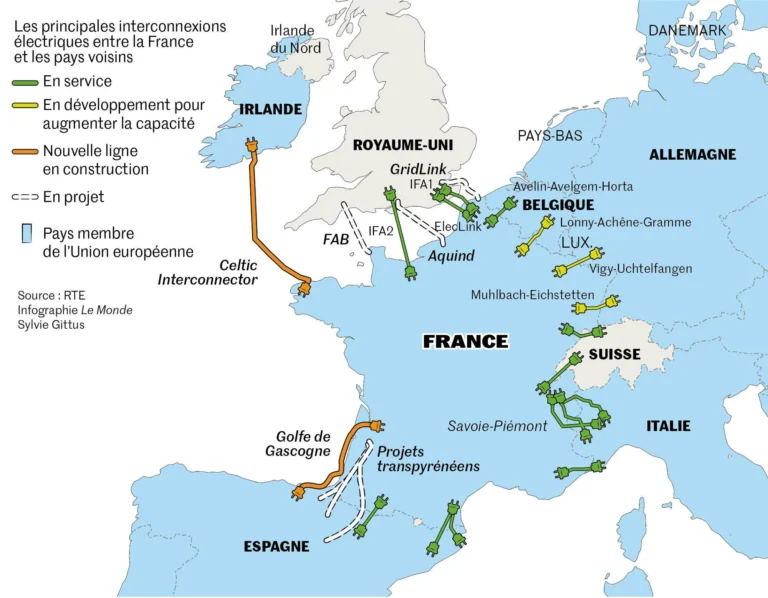
Fukushima nuclear accident
At March 11, 2011, Japan faced one of the most serious nuclear disasters in modern history, when its nuclear power plant Fukushima Daiichi was severely damaged by a powerful earthquake and subsequent tsunami. This accident is considered the worst nuclear accident since Chernobyl and had far-reaching effects on the environment, the economy, and confidence in the use of nuclear energy.
The Events
The Earthquake and the Tsunami
- At 14:46 local time, an earthquake of magnitude 9.0 Richter hit northeastern Japan.
- A giant tsunami 15 meters high flooded the area, destroying coastal infrastructure.
The Consequences for the Factory
- The Fukushima plant had six reactors, of which three were in operation that day.
- The tsunami destroyed cooling systems and backup generators, leading to reactor overheating.
- The result was three consecutive nuclear explosions and radiation leak in the environment.
The Effects
Radioactive Pollution
- Radioactive materials, such as iodine-131 and cesium-137, leaked into the atmosphere, the ground and the ocean.
- Radioactivity levels in the Fukushima area were dangerous to health, with serious consequences for residents and nature.
Human Lives
- Discharge: Approximately 160,000 people were forced to abandon their homes, with many still not having returned.
- Health: The health effects of radioactivity are still under study, although no direct deaths from radioactivity have been recorded.
Economic Damages
- The total cost of damage and disaster management exceeded 200 billion dollars.
The Treatment
Cleaning and Restoration
- The Japanese government and the management company TEPCO They undertook the restoration of the area and the management of nuclear waste.
- Robots and technology were used to remove radioactive materials, as the conditions were too dangerous for humans.
Radioactive Water Storage
- Large volumes of contaminated water were stored in tanks, raising concerns about possible future leaks. In 2023, Japan began the gradual release of purified water in the ocean, under the supervision of international organizations.
The International Consequences
The Fukushima accident had a significant impact on a global level:
- Decrease in trust: Many countries have reconsidered the use of nuclear energy. Germany, for example, has decided to gradually close its nuclear reactors.
- New regulations: Stricter safety standards for nuclear power plants were introduced.
Fukushima legacy
The Fukushima disaster is a reminder of the dangers of nuclear power plants, especially in areas with high seismic activity. Despite restoration efforts, the area will remain affected by radiation for decades.
Conclusion
Fukushima is a tragic reminder of the power of nature and the limitations of human technology. This experience must guide decisions about the safe and responsible use of nuclear energy in the future.



